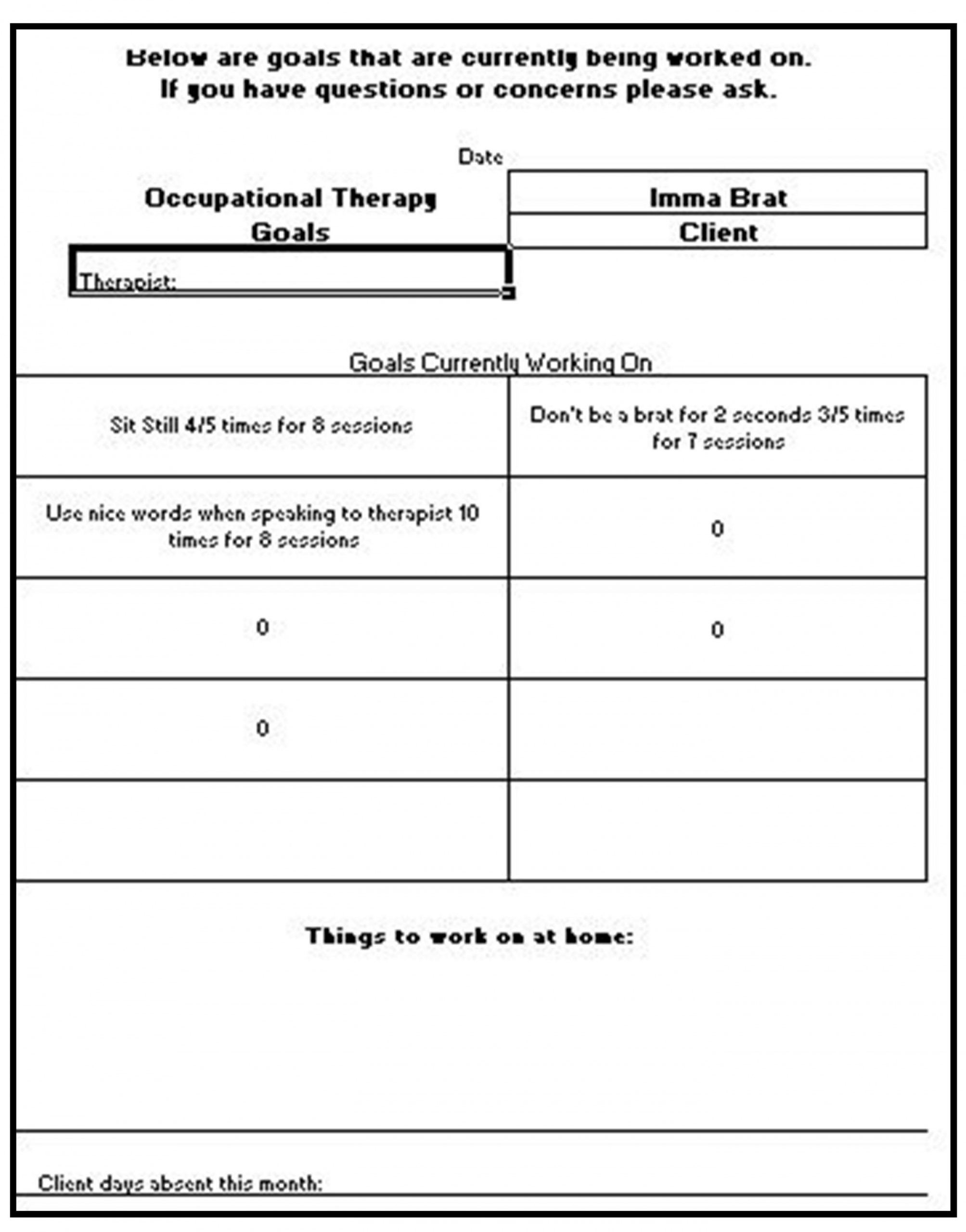

Safety Issues: Any important information regarding the patient’s well-being.Patient Presentation: A description of how the client appears, using different modalities, e.g., cognitive functioning, affect, or behavior.Diagnosis: ICD-10 or DMS5 codes might be relevant here if the patient has been diagnosed with a mental health condition.Note Header: A brief overview of the essential practitioner, patient, and session information, such as when the appointment took place, its duration, and service codes for practice administration.Each step corresponds with a different field in the note, starting with patient information and ending with a digital clinician signature:
Therapy notes software#
Many treatment software solutions offer this functionality, with a variety of formats and outlines for different healthcare subsectors – psychiatry, counseling, and more.įor instance, Therapy Notes comes with Psychotherapy Progress Notes templates and a step-by-step guide to help psychologists write effective progress notes. Private from other care providers without patient permissionġ0 Steps For Writing Effective Progress Notesįollowing a template is an easy way to ensure all important details and information are included in your therapy progress notes.Most content can be shared with insurance and billing parties.Most content can be shared between a patient’s care providers.Do not include information or data on a patient’s medical history, treatment plan, or diagnoses.Therapist’s observations, hypotheses, feelings, or thoughts about the session.Psychologist, Psychiatrist, Counselor, Psychotherapist Document insights on patient and therapyĪny care provider involved in a patient’s treatment plan, e.g., Social/Case Workers, GPs.Communicate patient and treatment plan information between providers.This table outlines a few more differences between progress and psychotherapy notes. Also, unlike progress notes, psychotherapy notes are only written by counselors, therapists, and mental health practitioners who are actively involved in their therapy. This distinguishes them from psychotherapy notes, which contain information exclusively related to a patient’s therapy sessions.
Therapy notes professional#
Progress notes are professional documents that communicate important information on a patient’s condition between multiple providers.Īs medical and mental healthcare providers will know, progress notes play a vital role in treatment planning and service delivery across a wide range of helping professions, such as occupational, physical, and speech therapy. Difference Between Progress & Psychotherapy Notes In mental health contexts, they must be stored privately and securely in a HIPAA-compliant manner. Progress notes are professional documents that communicate important information on a patient’s condition between multiple providers. More specifically, they contain clinical facts and medical reasoning about “the care delivered to patients and the clinical events relevant to diagnosis and treatment.” Progress notes are clinical notes made by psychologists, therapists, clinical counselors, psychiatrists, and other practitioners involved in a patient’s treatment and care. What Are Progress Notes in Mental Health? Quenza is a complete suite of blended care tools that includes everything you need to make and store clear, professional therapy progress notes on a HIPAA-compliant platform. In this overview, we’ll introduce their key elements, a step-by-step guide to writing therapy progress notes, and some of the best therapy software you can use to create excellent progress notes efficiently.īefore getting started, we recommend trying Quenza, our therapy notes software for e-mental health practitioners. To be helpful and informative, though, progress notes in mental health need to follow some guidelines.

They’re instrumental in monitoring a patient’s progress, the efficacy of their treatment, and helping professionals understand their patient’s personal experiences. Clear, concise, and accurate therapy progress notes are beneficial to practitioners and their clients.


 0 kommentar(er)
0 kommentar(er)
